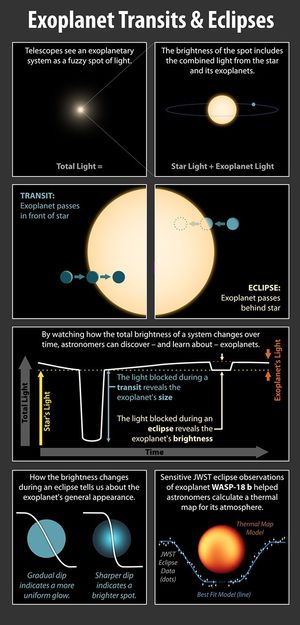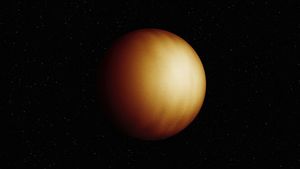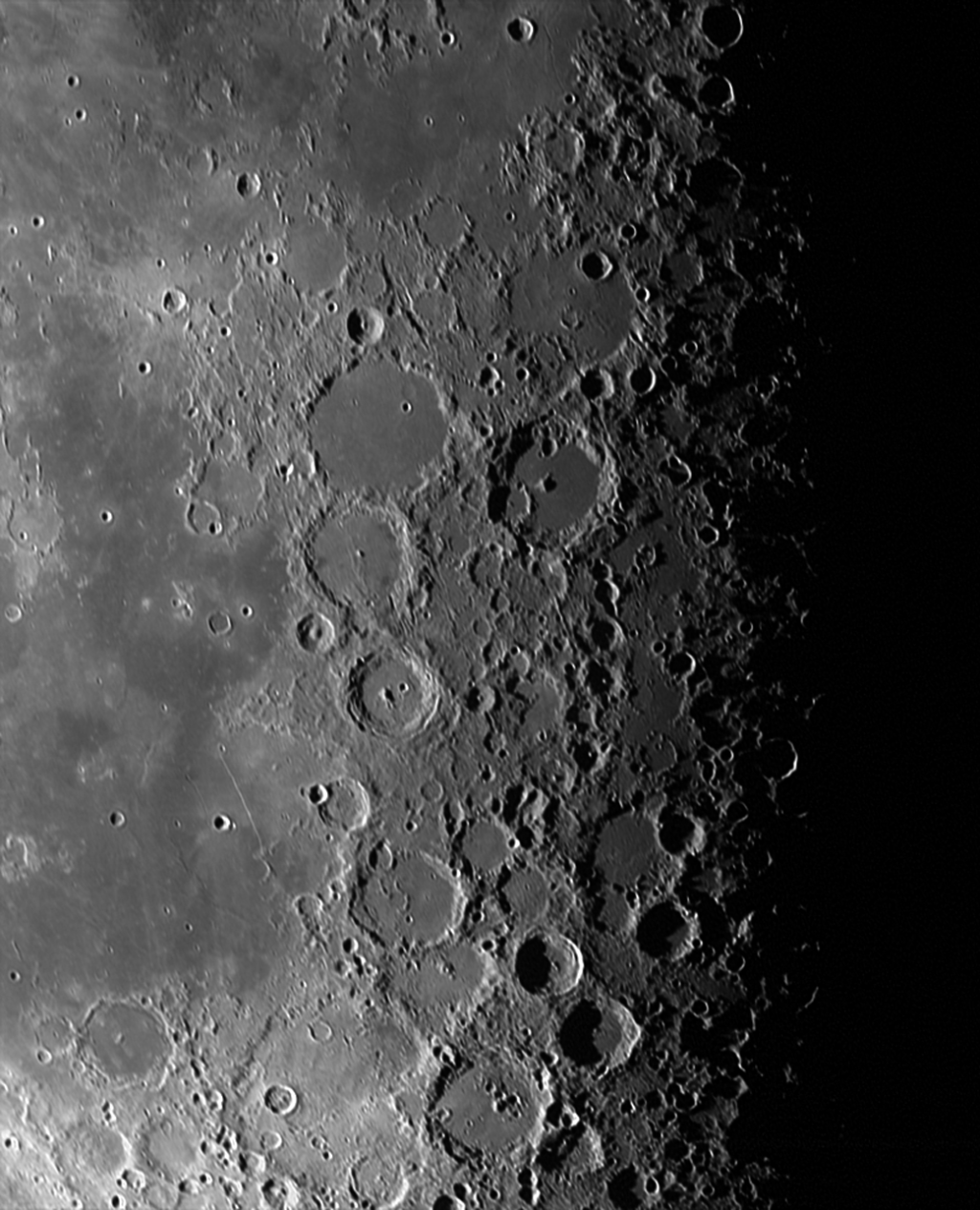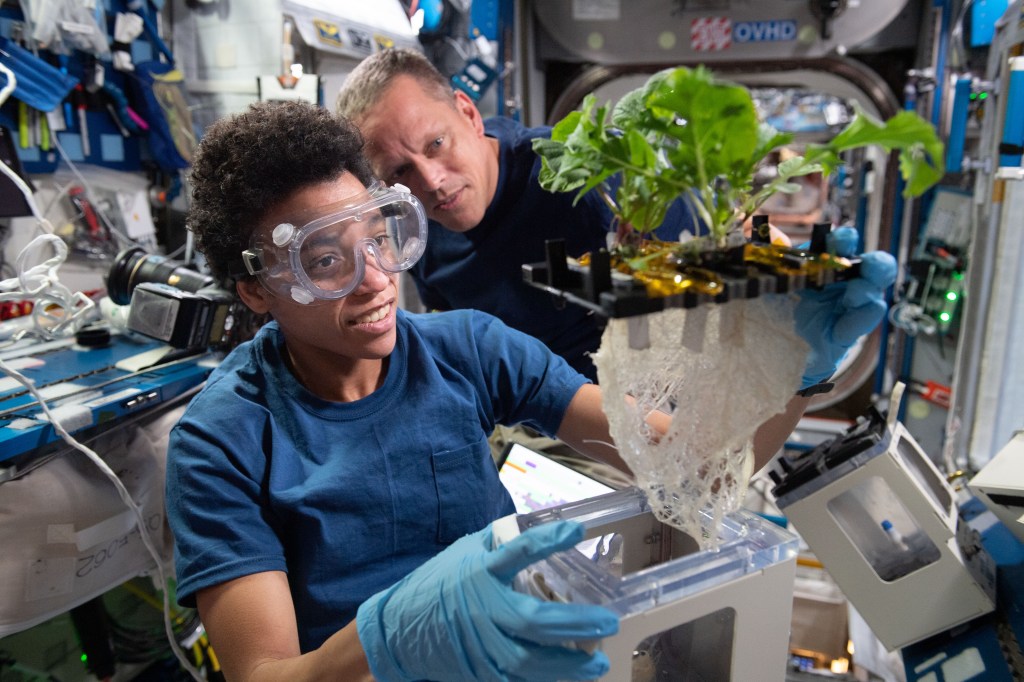Exoplanets Multimedia
Filters

A graphic of present and future exoplanet missions from space agencies and observatories around the world.

Our planet passed through stages to become a habitable world.

Illustration of Earth's surface as it might have looked 3.8 billion years ago.

Scientists used the James Webb Space Telescope to observe the exoplanet WASP-18 b and its star before, during and after…

Researchers made a brightness map, tracing the glow from hot regions of WASP-18 b as it slipped behind, and reappeared…

The Webb Telescope directly observed water vapor on WASP-18 b, a gas giant exoplanet, in even relatively small amounts in an…

WASP-18 b is a gas giant exoplanet 10 times more massive than Jupiter that orbits its star in just 23 hours.…

An illustration of NASA's TESS spacecraft.

An illustration of NASA’s Kepler Space Telescope.

We've wanted to study the TRAPPIST-1 exoplanets with the James Webb Space Telescope since its Christmas Day launch in 2021.…

Analysis of the exoplanet WASP-39b identified the sulfur dioxide. Its presence can only be explained by photocemistry.






























